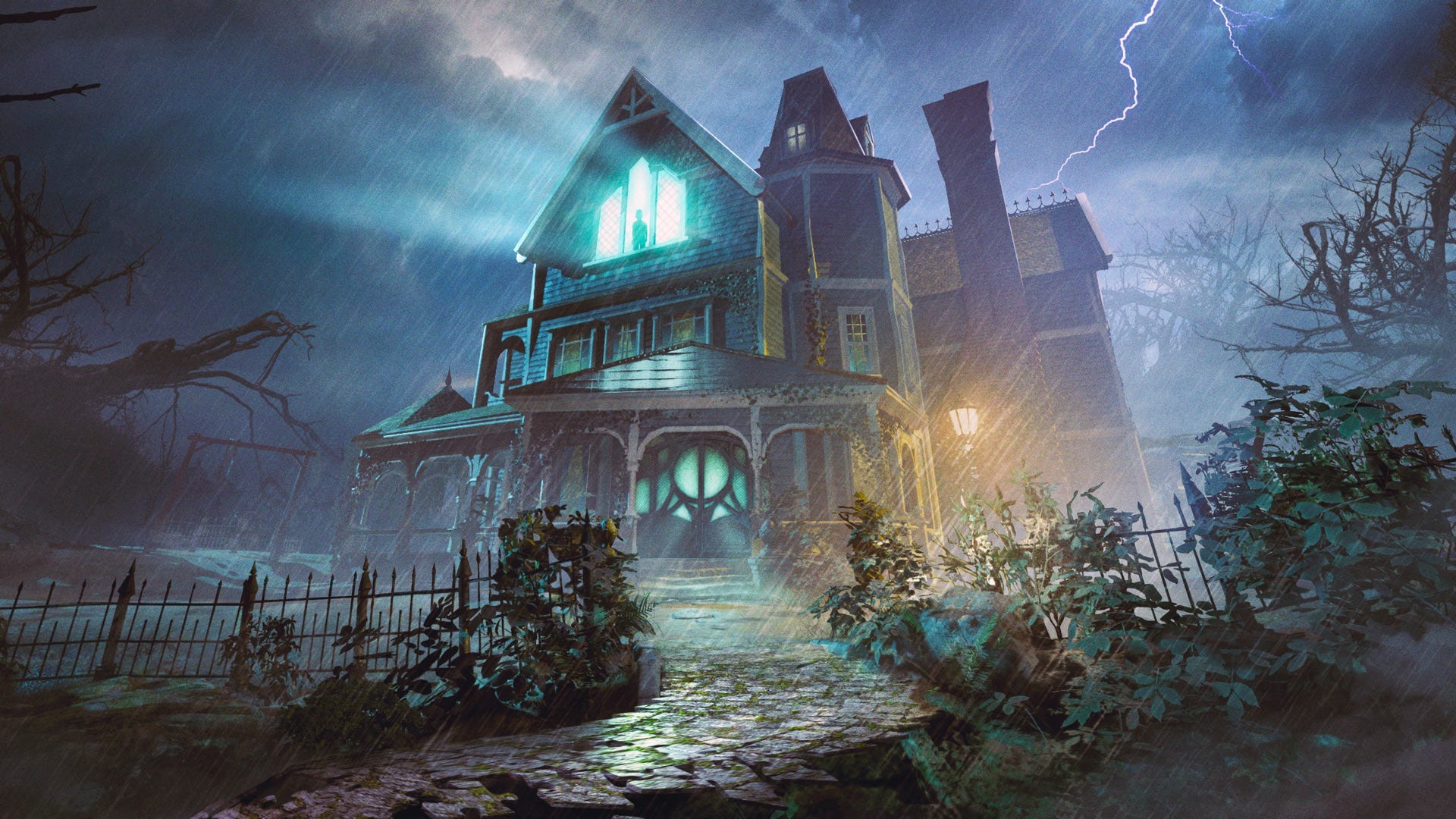
It is 1993 and the Wales family has just welcomed a new bundle of joy into the world: a rather fancy 486 DX2/66 desktop PC, sporting 4MB of video memory, 8MB of RAM, a whopping 260MB of storage, and – crucially for this story – like the far-flung future suddenly made manifest, a CD-ROM drive. I’m sure I must have presented a lot of compelling evidence beforehand about how we definitely needed to get a PC because just think how good it’ll be for my schoolwork (and yes, Microsoft Encarta and, later, Microsoft 3D Movie Maker were very educational, thank you), but of course it was all about the games. Talky versions of LucasArts point-and-click adventures! Theme Park but with an extra bit of video so I could pretend I was on the rides! But mainly, a game I’d been dreaming about since seeing its lavishly spooky lobby plastered across the pages of Super Play magazine back when the Super NES CD-ROM was still going to be a thing: developer Trilobyte’s seminal horror adventure, The 7th Guest.
The 7th Guest, for those of you who don’t know (and that would be entirely understandable, given it came out over three decades ago now), was a genuine, honest-to-goodness killer app – the game that, along with Myst, helped kickstart the CD-ROM revolution, consigning the humble floppy disc to the scrap heap of history and ushering in a dazzling gaming future of unsynthesised sound and music, pre-rendered visuals, and, of course, lots and lots and lots of full-motion video. The 7th Guest turned heads by exploiting all that hitherto unthinkable tech to the fullest, crafting a wonderfully eerie, visually sumptuous haunted house mystery that was – and I say this as someone who views the game with nothing but fondness – a little bit shit.
And that’s not even speaking with hindsight; reviews weren’t particularly kind to The 7th Guest at the time. Atmospheric it most certainly was, as you swooped from pre-rendered room to room in evil toymaker Henry Stauf’s desolate mansion, watching the final moments of his six desperate guests unfold, but it was also pedestrianly paced, hammy as hell (albeit lovably so thanks to its enthusiastic, if perhaps not excessively talented cast), and with arbitrary, abstract puzzle design – an anagram! a maze! another maze! – that largely felt like an afterthought.




